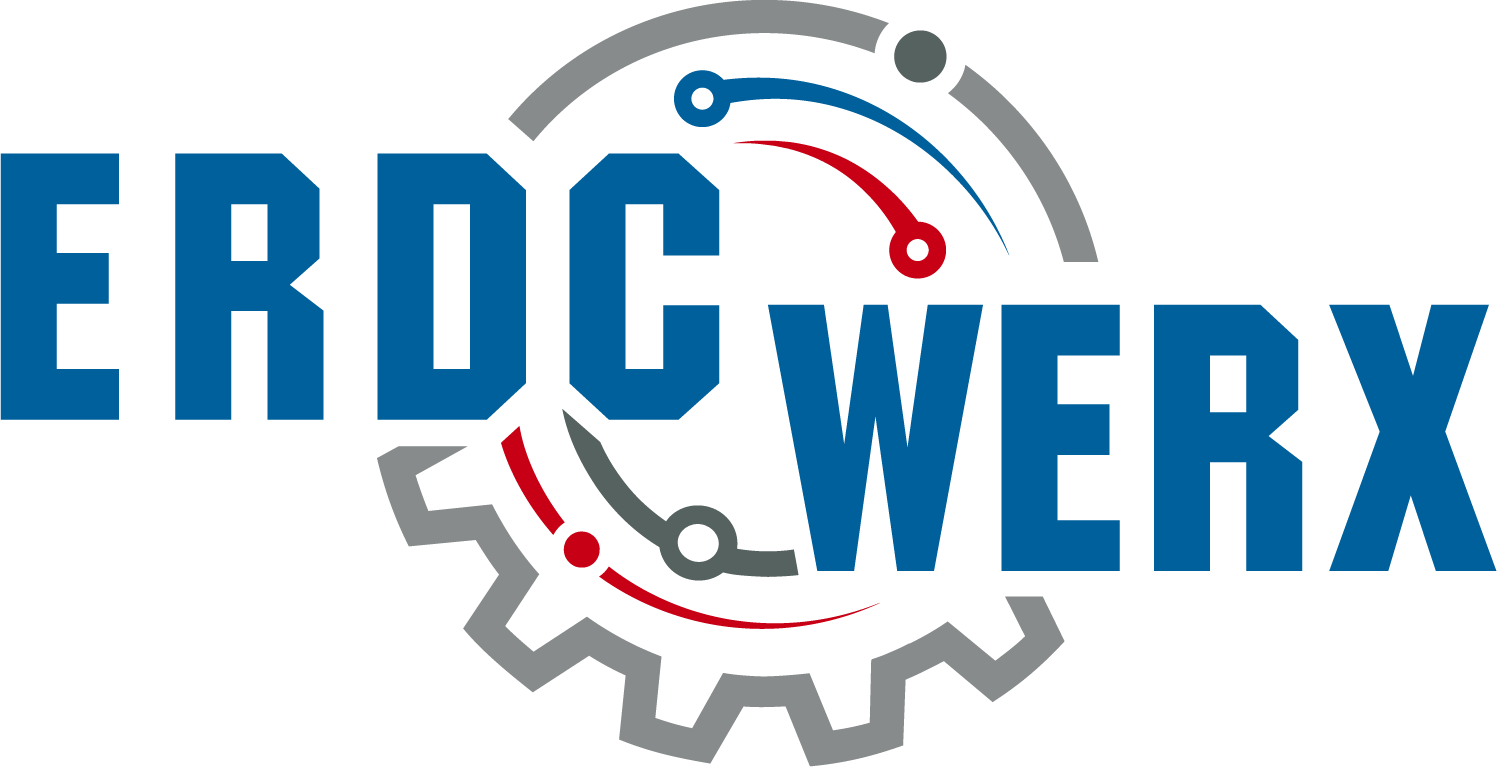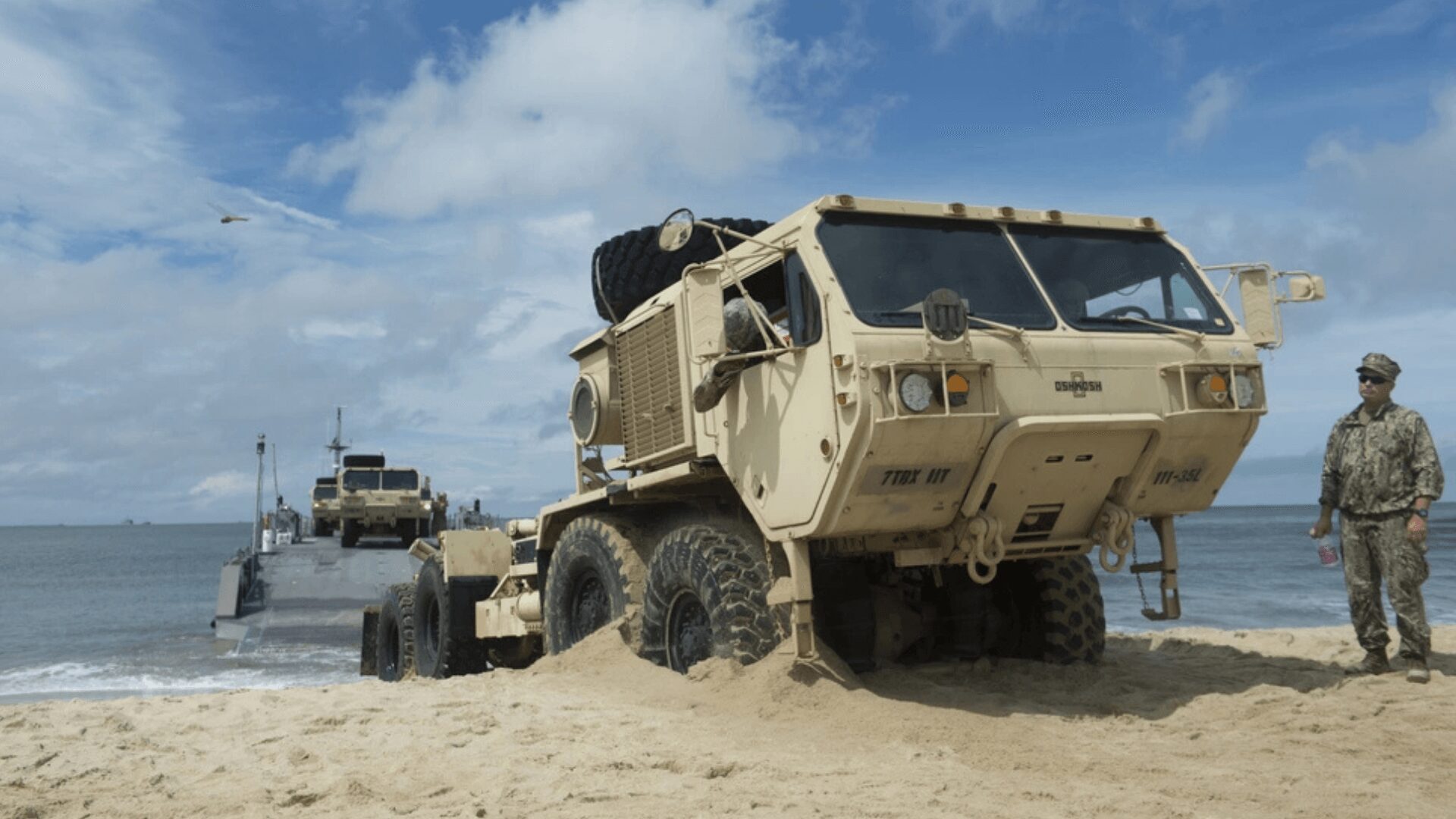Overview
The U.S. Army Engineer Research and Development Center (ERDC)’s Geotechnical and Structures Laboratory (GSL) seeks to identify and investigate viable solutions that improve traction for vehicles operating in austere or contested environments.
Project Manager
Geotechnical and Structures Laboratory (GSL), U.S. Army Engineer Research and Development Center (ERDC)
Project Objective
The objective of this project is to identify, evaluate, and characterize material-based solutions that can rapidly enhance the mobility of heavy ground vehicles operating on loose or unstable soil conditions (e.g., sand). The project aims to assess commercially available or novel materials—such as geotextiles, fibrous overlays, and lightweight mats—that can be directly deployed on the soil surface with minimal logistics burden. These materials should reduce soil displacement and vehicle slippage without requiring structural reinforcement. The desired outcome is a set of viable, low-cost, low-weight, and quickly deployable traction-enhancing materials, ready for field demonstration and potential military integration in austere or contested environments.
Background and Operational Scenarios
Army engineer units provide construction equipment and materiel solutions to improve terrain to support ground vehicle maneuverability. Currently, units have limited access to matting solutions to overlay on unsuitable soils. Approaches such as building corduroy roads are time consuming. Geocells were developed to stabilize beach sands, but they require construction equipment to be correctly installed. To meet Army objectives in future combat operations, engineers must possess capabilities to rapidly improve ground conditions with the lowest feasible logistics and costs.
Requirements
Candidate material solutions should be deployed directly on soil. Materials can be geotextiles, fibrous materials, and matting (metal, plastic, composite, or wood), etc. Successful materials will limit the displacement of soil grains and reduce the slippage of vehicles traversing the area. Materials do not need to provide structural support. Ideal candidates would have a unit weight not exceeding 1.5 lb/ft2.
Estimated Government Funding Profile
FY25 funding is not currently available for this project. ERDC considers this to be a Request for Information (RFI) only and any response is not an offer. This project does not commit the Government or ERDCWERX to pay any costs incurred in preparation of a response or guarantee a contract.
Resources may be allocated in FY26 and FY27 to assess materials at a demonstration site or in the laboratory.
Estimated Period of Performance
The estimated period of performance is two years. Feasibility testing, if pursued, will require materials within three months of this announcement.
Expected Result
ERDC gains an understanding of available industry materials that can be tailored to meet military applications.
Submissions may be shared as appropriate with other ERDC stakeholders. The government has the authority to decline all submitted proposals.
Notional Project Schedule
Proposed project milestones include:
| July 18, 2025 | Project Announced, Submissions Open |
| August 8, 2025 | Question Period Ends, FAQ Document Finalized |
| August 15, 2025 | Submissions Close |
| August 15-29, 2025 | Review Period, Virtual Pitch Hosted (if needed) |
| September 2025 | Offerors Notified of Potential Next Steps |
*Dates may vary to accommodate the project team and participant availability. The government may accelerate the pre-proposal review/feedback timeline, and therefore also require earlier delivery of full proposals.
How to Participate
- Submit specific details by providing a white paper (download template)
- Review FAQs
- Once solution is ready to submit, complete the submission form
Questions: Please send all technical and administrative questions using this form. Q&A will be updated periodically. It is the responsibility of the offeror to review Q&A prior to submitting.


